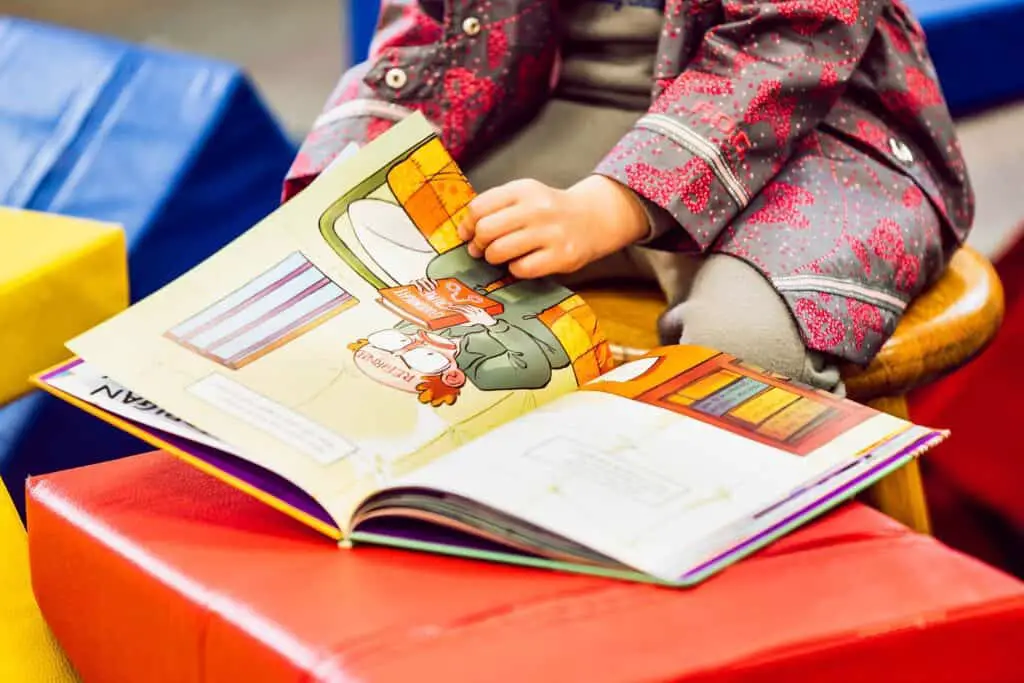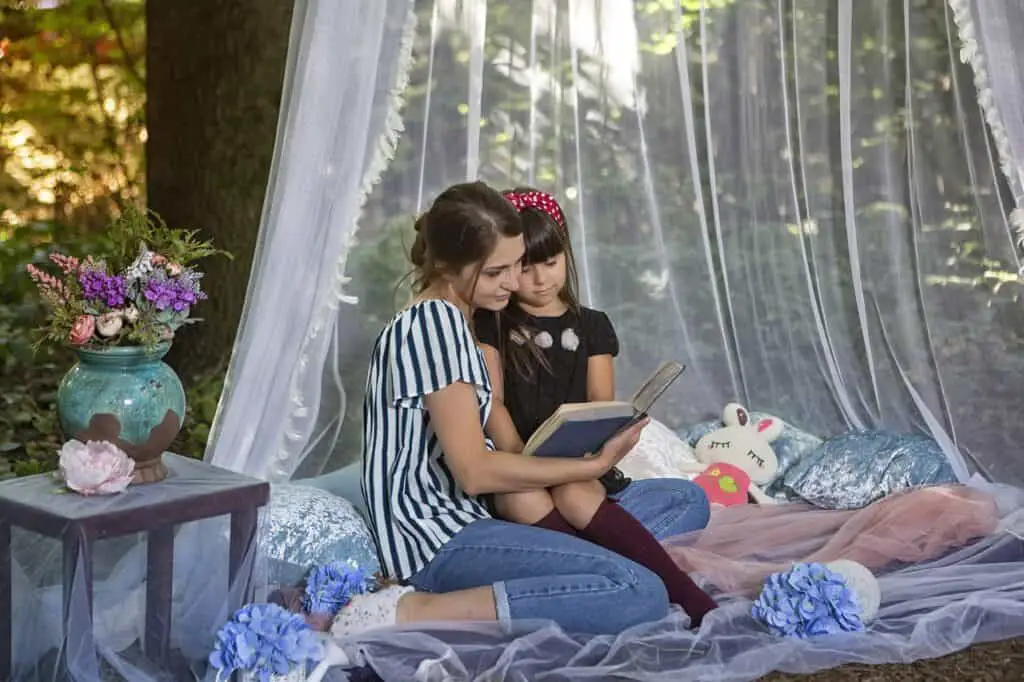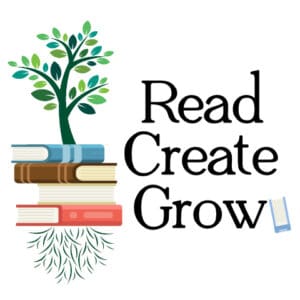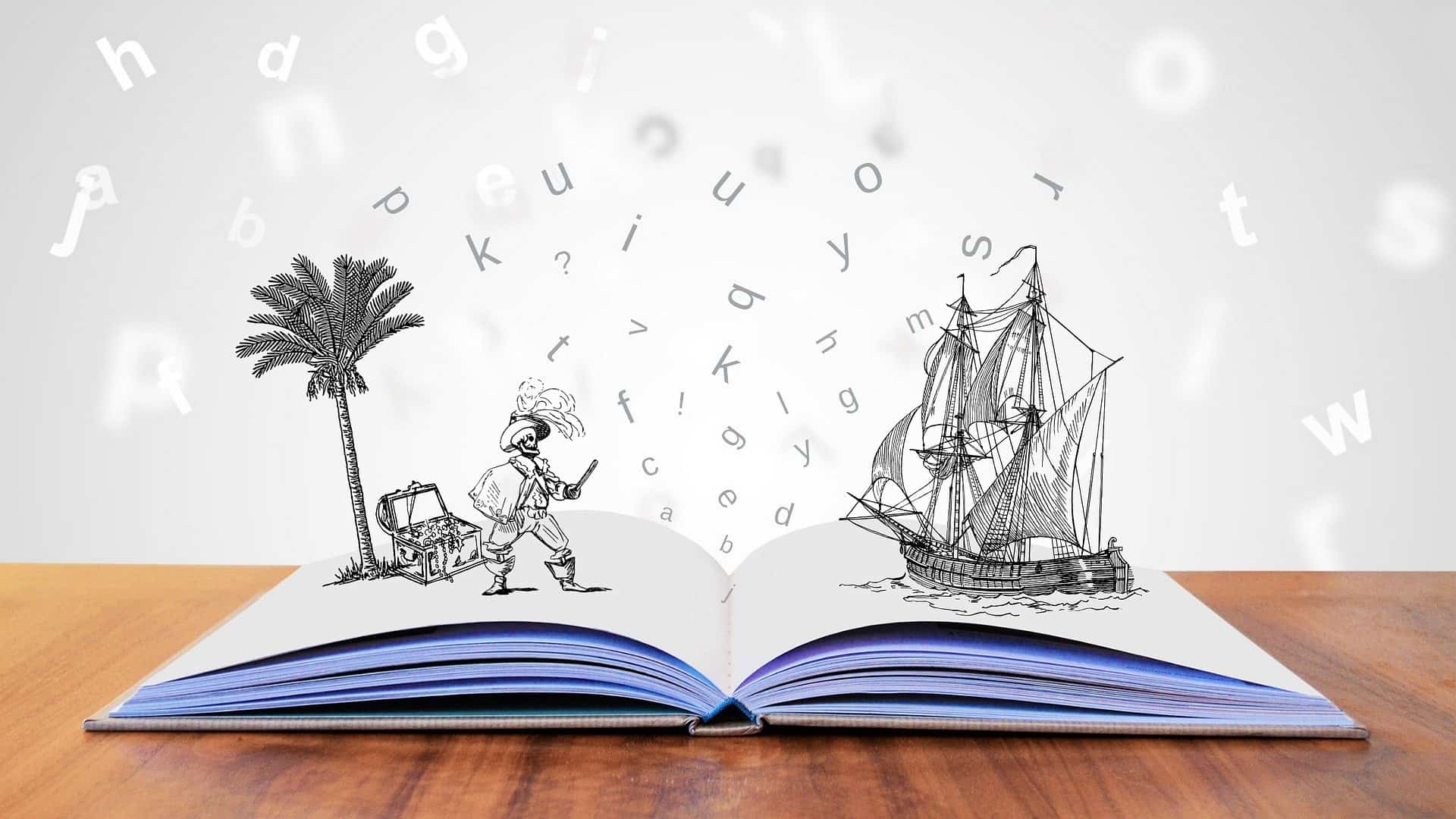Choosing age-appropriate reading material for your child may seem like a minefield. Not only do you need to contend with the actual difficulty of the reading material, you also need to think about whether or not the content is too mature, has topics your family is ready to discuss or uses language that your family finds acceptable.
Selecting a book based on content-appropriateness is not the same as choosing one based on reading level appropriateness as there are some pretty gaping variations between the reading level assessments. For example, Twilight rates as an early elementary read according to Lexile, fifth grade reading level according to Accelerated Reader and high school according to Fountas and Pinnell. Those are some pretty glaring differences (Gonser, 2020).
The term “appropriate” is a minefield by itself, bringing with it its own connotations and fears. The word itself however does not bring these implications, we do.
A book is appropriate for a child if a caregiver feels that the language it uses, the scenarios it portrays and the actions of the character are a reasonable thing for their child to be reading and thinking about. It is also perfectly reasonable to allow your child to read something that has a challenging element and then have a conversation with your child about it, if you feel they are ready for that area of growth.
If your child is reading at either a higher or lower reading level than their grade level suggests, this can add a whole new layer of difficulty to the task. But, there are ways to cope with these challenges. We have compiled the three easiest ways to determine if something is content-appropriate for your child, as well as tips to tackle reading at a different grade level.
Read More: Understanding Reading Level Scores
Three Tips to Determining Content Appropriateness
Tip 1: Read the book
The most straightforward answer to deciding if a book is age appropriate for your child is simply to read it, though that may not be the quickest way, it is the only way to be 100% sure that you find the content acceptable for your family’s values and your child’s age and reading level.
Start with the book blurb, the content on the back or inside cover. How old are the characters? What kind of adventure are they going on? What does the cover art look like? The answers to these questions can give you a gut-reflex on whether or not you feel the book would be appropriate for your child. And yes, we are judging books by their covers her, but sometimes you have to.

Many children’s books are also available on audio, allowing you to listen to them while running errands, driving or exercising. A bonus to this option is that most children’s books are under eight hours long. To someone new to audio books that may seem long, but really that’s not more than a few drives to work, a trip to the grocery store and some meal prep you were going to do anyways.
If you don’t have time to pre-read the material, or if the book is longer but you have some doubts about the content, make a “book group” with your child and read the book together. This can look any way that you would like. You can actually sit and read the books together out loud, or read separately and talk about each chapter.
This way of reading has the added bonus of building in a little quality time with your child. Whether your advanced reader wants to read something you feel uneasy about or your reluctant reader wants to reach past where you think they are at, when you read together if a subject comes up that you feel needs to be discussed, you have the natural opportunity to talk about it.
Tip 2: Use Reading Level as a Guide, Not a Rule
There are a few clever ways to determine if a book is reading-level appropriate, the best one is the Five Finger Test because it can be applied to any book and really at any age. Even an adult can try this to determine if that book will be a reading challenge or not. Read more about how to help your child decide if a book is easy, hard or just right by using the Five Finger Test in this post about choosing a “Just Right” book.
Have your child open a book to the middle and read the page, holding up one finger for each unknown word. One finger held up means the book is probably too easy, and five or more means the book is probably too hard. Have your child summarize what they just read for you so you know they had the reading comprehension for it, not just the mechanics of reading.

As a broad place to start, reading level can give you some perspective on what might be age-appropriate, though generally reading level is more of a guide for your child’s reading comprehension, vocabulary and reading fluency, rather than a statement of the maturity level of the content or the reader. A book for a twelve-year-old is going to feature more mature content than one for a seven-year-old, however teen content frequently takes a huge leap forward in maturity that may be beyond the thirteen-year-old reading the book. Many books marketed to Young Adult (YA) readers may be more suited to much older teens or even adults as the category is usually described by the publisher as for 13-17 years. Anyone who has met a teenager will tell you what a difference those four years makes.
Starting with reading level can be a safe place to wade into the content. If you are unsure how to determine your child’s reading level, this post takes an in depth look at determining reading levels and what they mean, and contains a PDF chart comparing the common reading level scores against grade level. If you want to learn more about how to choose the perfect book based on reading level, read the post to learn how to choose the right book based, which will help you and your child find books that are reading-level appropriate.
This method is an excellent place to start when you find yourself staring at rows and rows (or pages and pages) of children’s books with no idea what might be the right fit. If your child is fascinated by a subject or idea, and none of the books challenge his vocabulary, that is okay. What you want is to foster a love of reading, not create a chore from the process, so have some fun when choosing a book.
Tip 3: Check with a trusted resource
A third option is to use other resources to determine the content appropriateness. Common Sense Media is a popular choice, having started out reviewing movies it has now expanded into other media reviews as well as book reviews. The book reviews are neutral and thorough, providing a starred rating, a reader age, parent reviews and a summary of the book highlighting content parents may have concern over.
You might also consider consulting with a local children’s or teen librarian as they frequently read the content in their specialization and care about what your kids are reading. Your child’s teacher will likely also be familiar with popular titles in the class and can give you some idea about the content.
Reading Off Grade Level
Your eight-year-old might be reading at a six grade level, and that is wonderful. You have likely worked very hard to encourage a love of reading, answering precocious questions about vocabulary and read many books aloud, but just because your child can read at an advanced level does not mean they always need to. There is something to be said for letting your child simply relax and enjoy a story that is age-appropriate.
A reading assessment is just a tool, and like any other tool it can be used effectively or it can be used as a weapon. Weaponized reading level scores pressure children into reading books above their age for the bragging rights of having done so, and very rarely does the child win in that scenario. Most often they read a book too far above them, struggle through the reading and never come back to it when it does become age appropriate. Or the process of the struggle and the pressure of needing to read to far above their age turns what should be a magical experience into a chore and sucks the fun right out.

If on the other hand, you have been told that your child is reading “below” grade level you may be feeling some frustration about that, maybe even shame. But it will be okay! The goal you should be pursuing is not bringing up their reading level, it is making reading fun. If your child feels successful when they read, they will build confidence to keep reading and they will catch up. Your challenge will be to find books that are interesting to an older reader that are at a reading level they can manage to feel successful.
In either case, just like the food that goes into their bodies, the content that goes into your child’s mind is important. It might be the first time they hear about a particular issue, subject, or word, and their exposure to that topic can shape how they think about things. Their struggle reading new or challenging material can shape how they feel about reading. Like other aspects of their lives, your opinion on what your child is reading matters.
*This is, of course, a general guide and is not meant to diagnose. If you have concerns about your child’s behavior or development please be sure to speak with a medical professional, your child’s physician or teacher.


